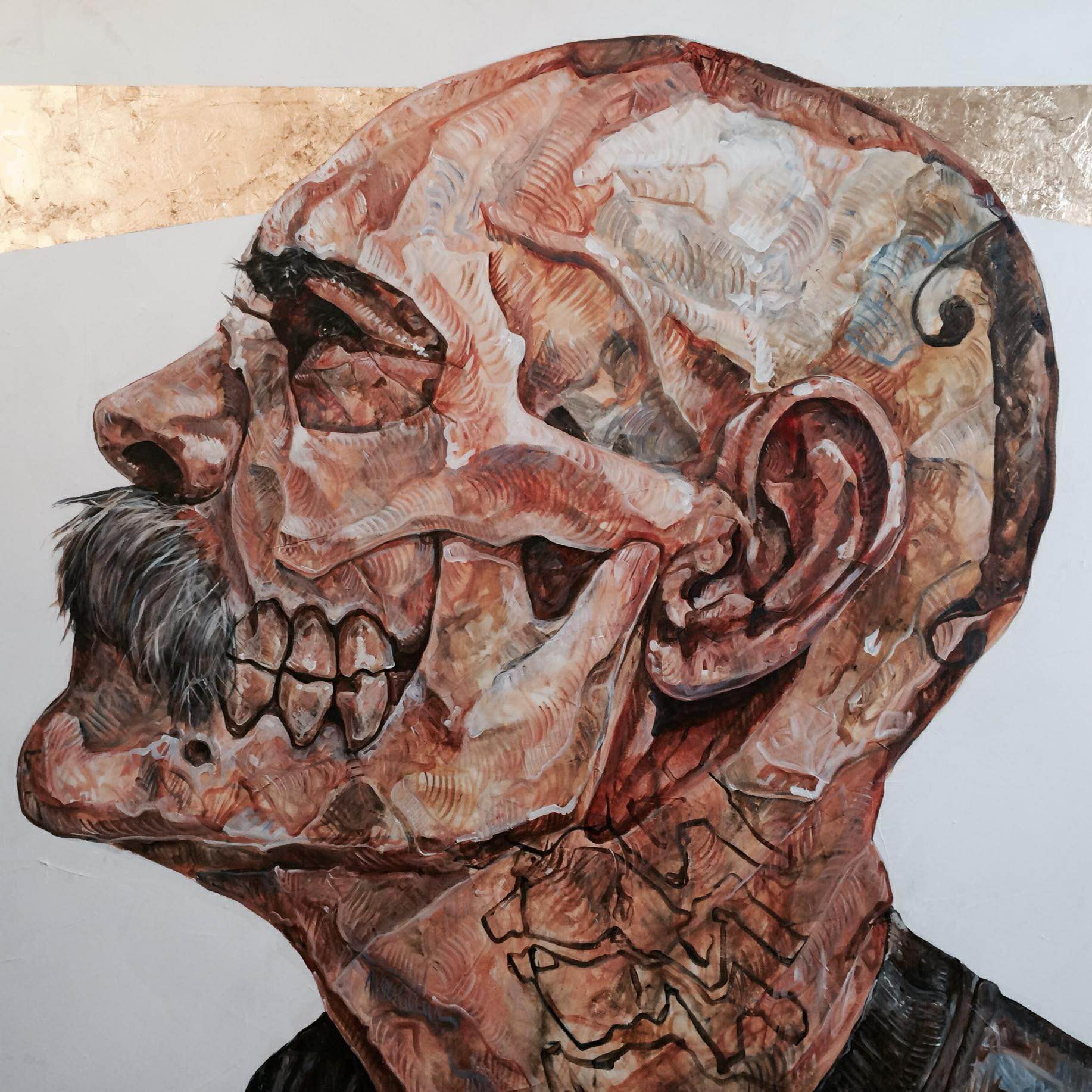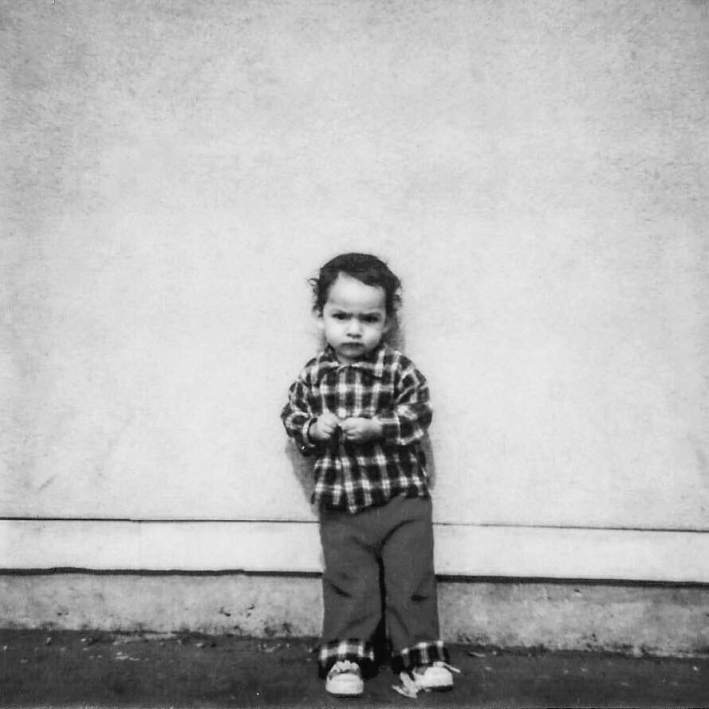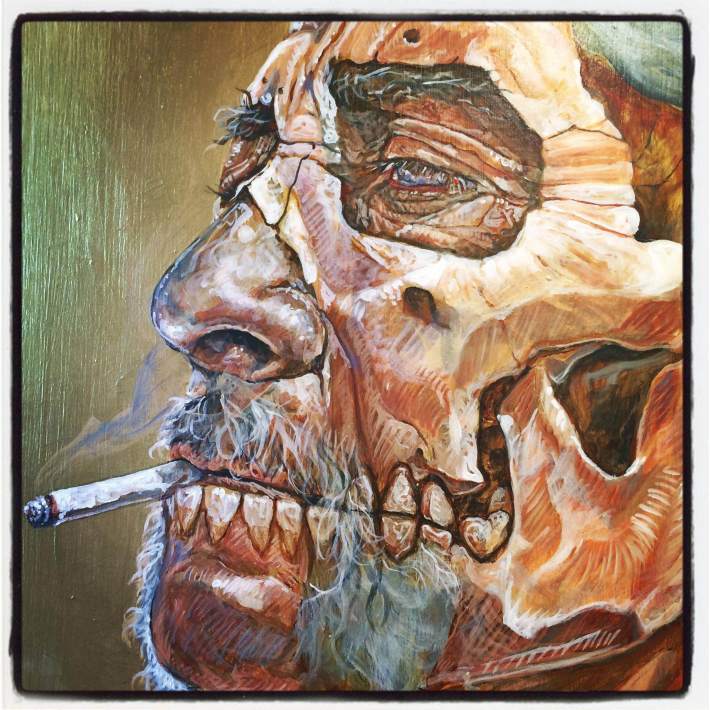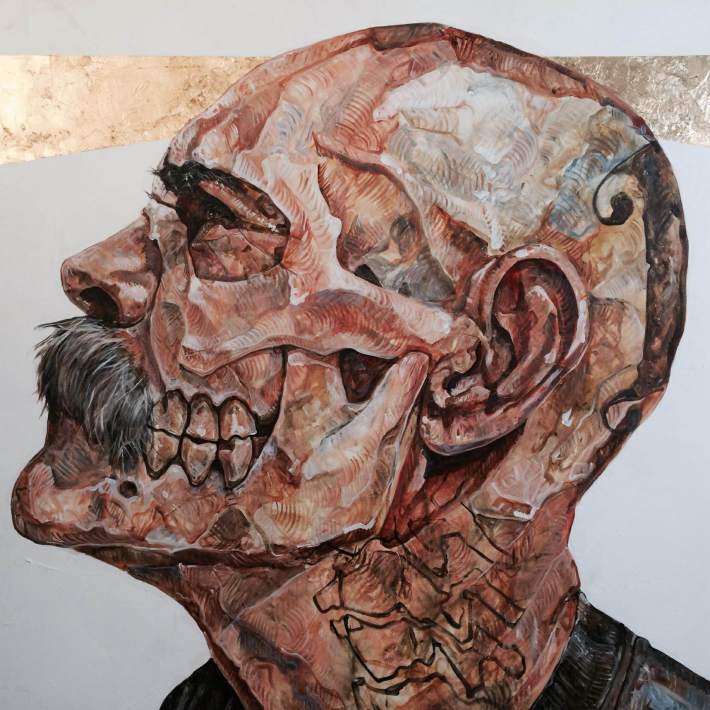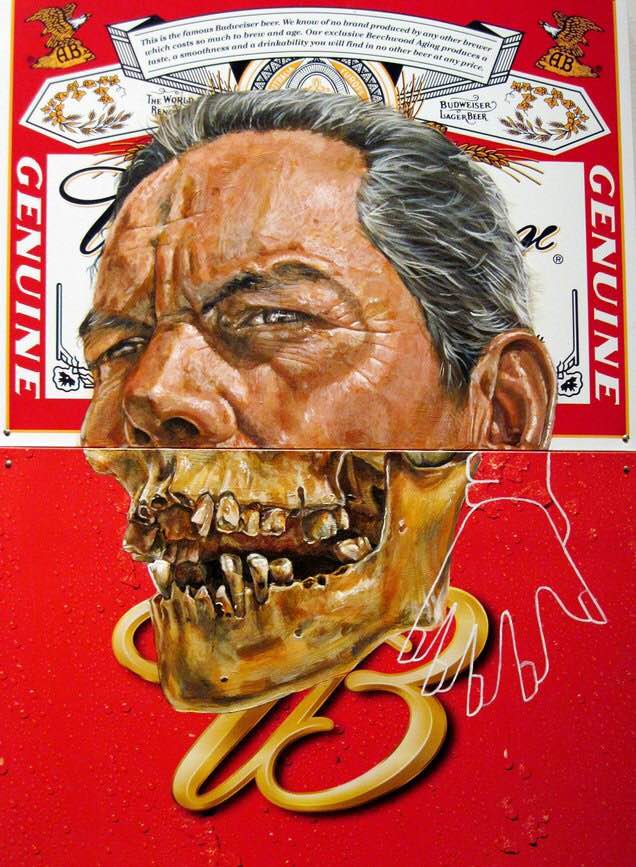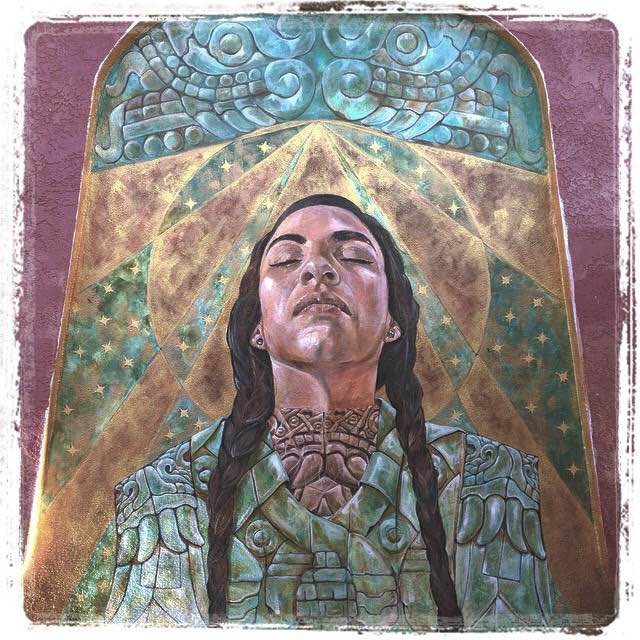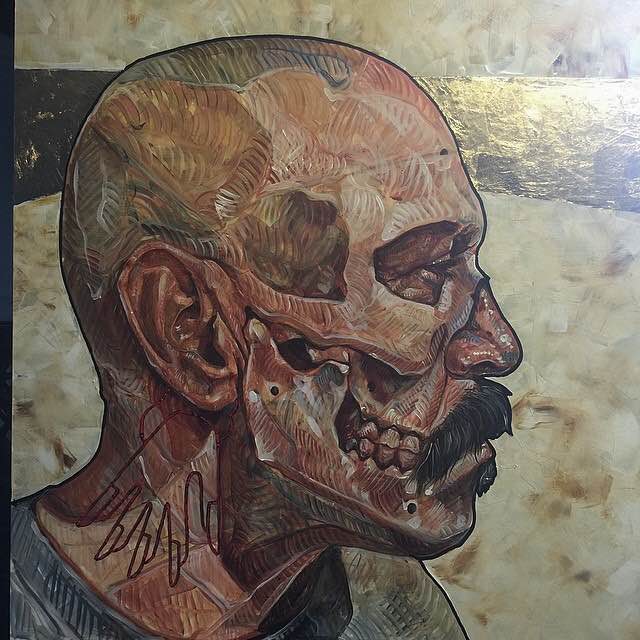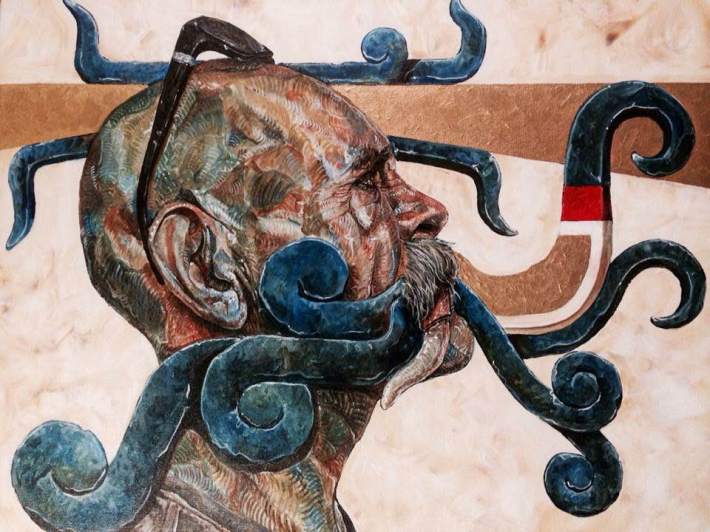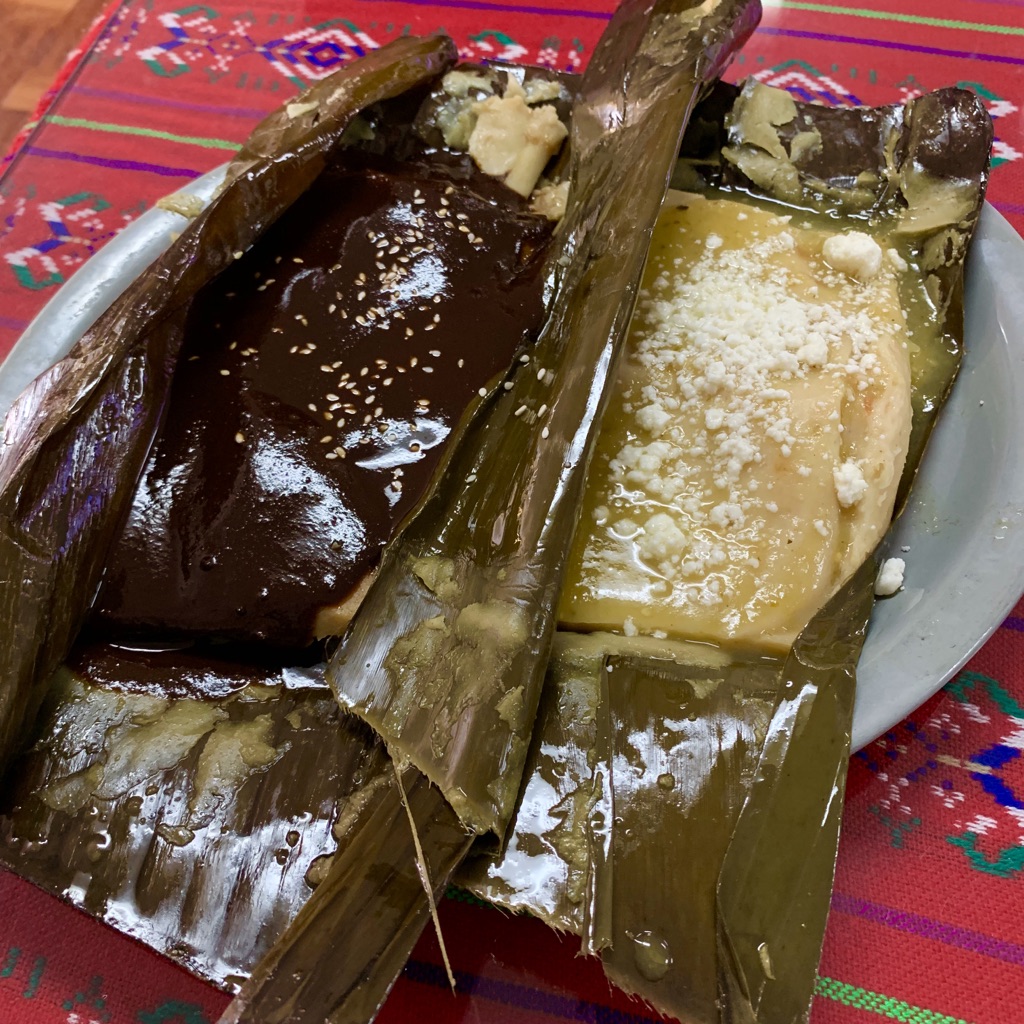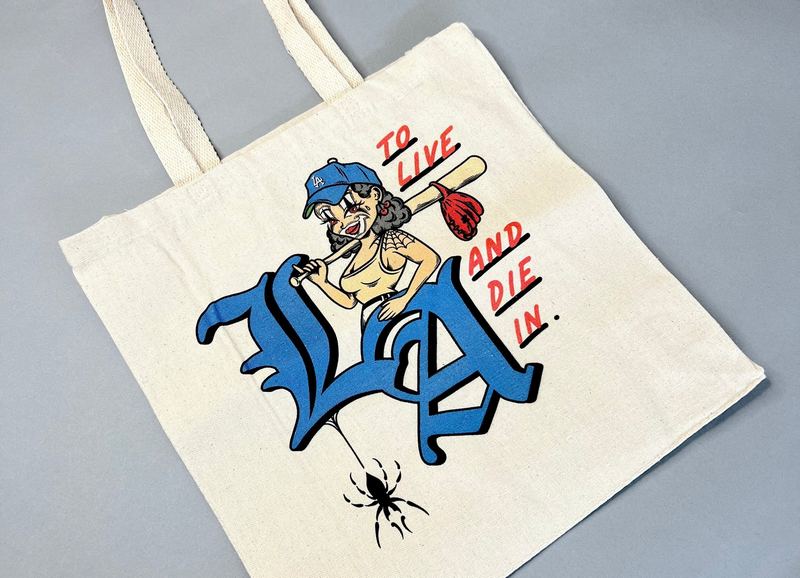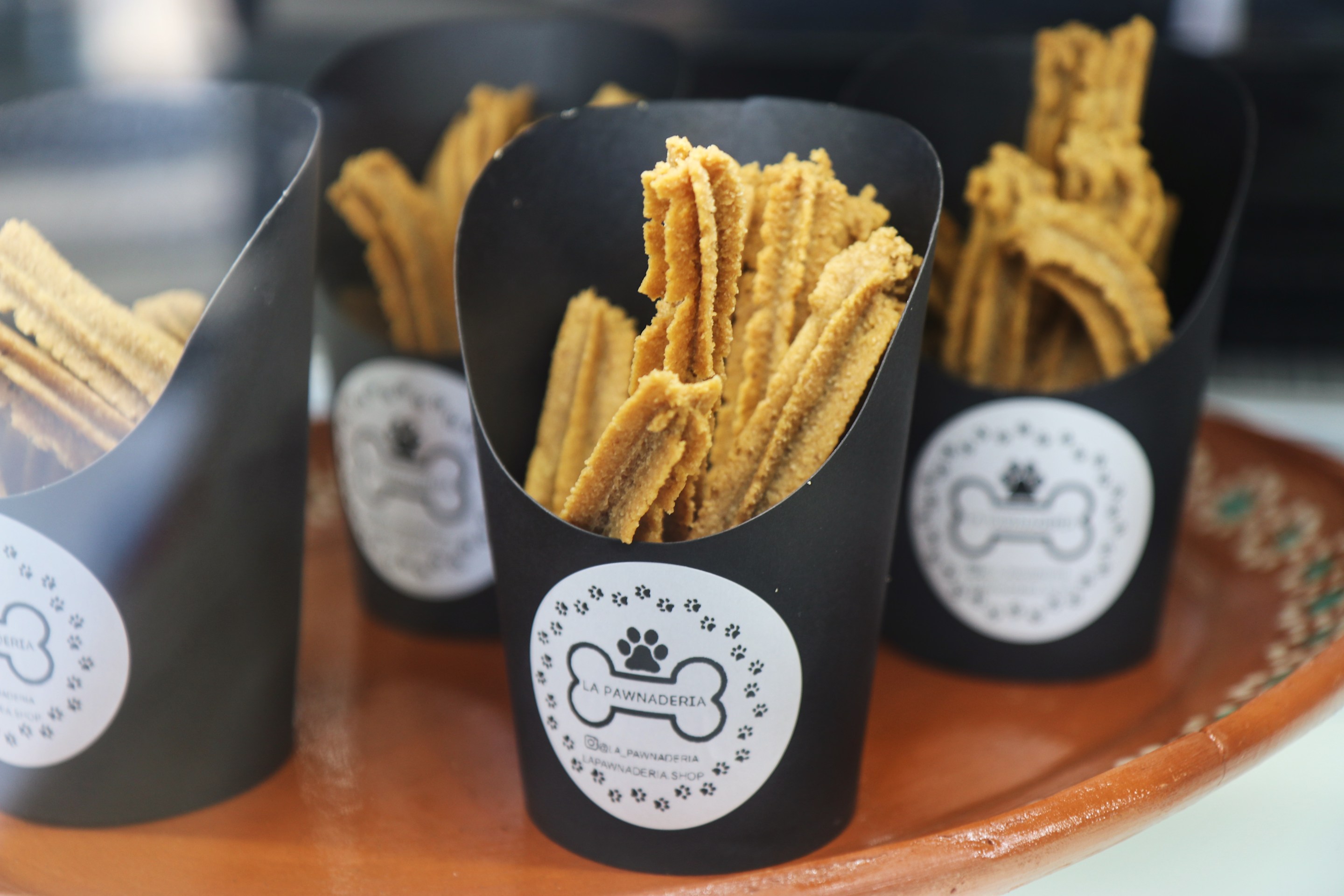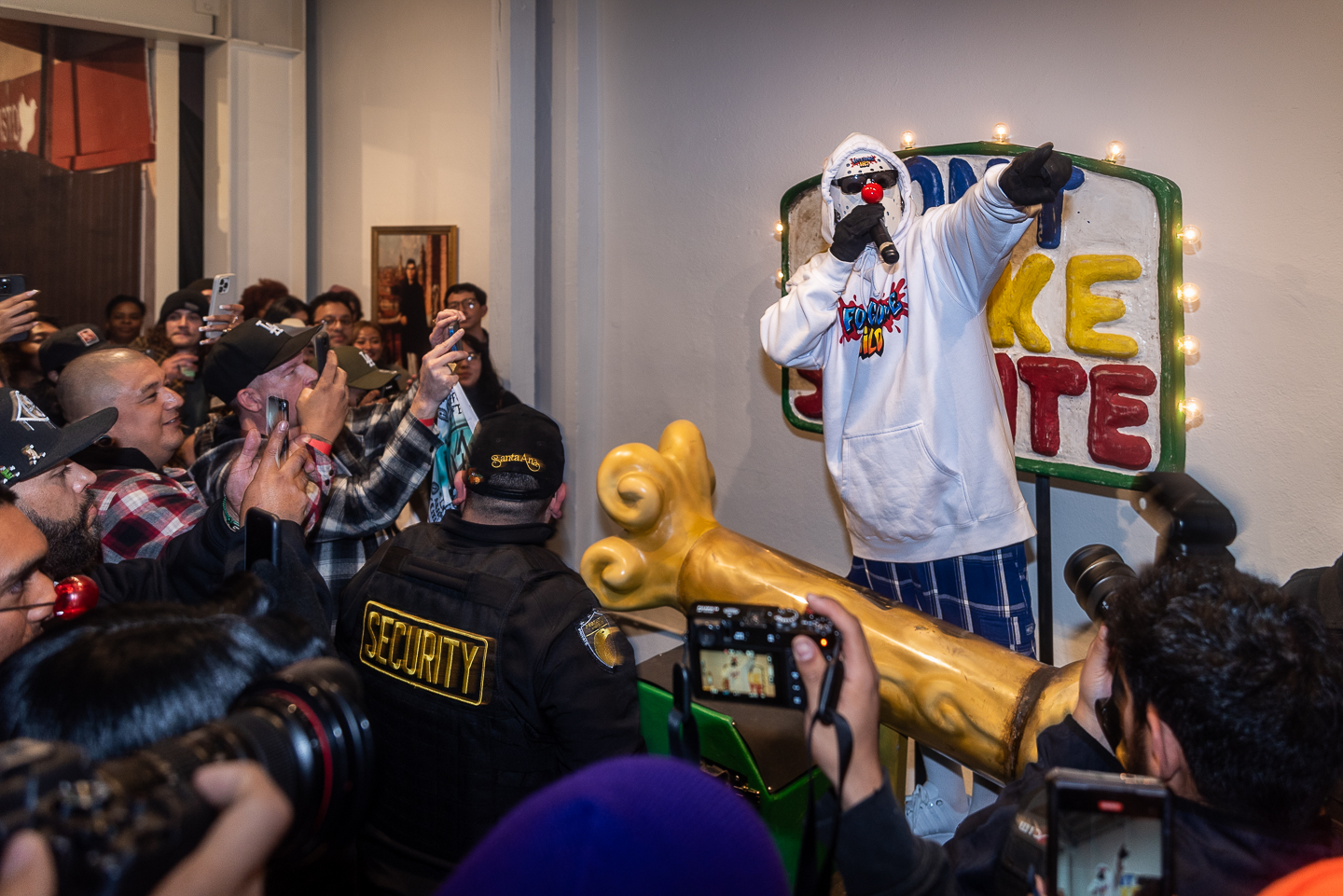Ricardo Estrada is an artist born and raised in the city of Los Angeles whose work is focused on Chicano culture. The second youngest in a family of seven siblings, Estrada grew up in a working class neighborhood named Diamond Street, which has a reputation for gang activity and crime. “I saw a bunch of weird shit,” he recalls, “so we just ended up moving over here because we ended getting kicked out by the landlord.” He says this as he waves his arm in the air. It was a Saturday evening, and Ricardo and I had just finished eating dinner at a small Mexican joint in El Sereno, a neighborhood close to where Estrada and his family eventually settled-- Boyle Heights. Shortly after our meal, Ricardo began to share some of his background as an artist.
Wendy Random: When did you first realize that you wanted to be an artist?
Ricardo Estrada: When I was young, I would see my eldest brother Beto draw; he would have drawing books, sketches, and paintings laying around. It was because of him that I took a liking to painting.
WR: How and when did you begin to take drawing more seriously?
RE: I must have been in my early 20s. I was going to East LA College. One of the professors there, Jim Uyekawa, hooked me up to work with a muralist from Mexico. His name was Raul Anguiano. I got to paint a mural with this man and it just got me to look at painting in a different way. He was one of the old school painters from the third generation of muralists in Mexico. My palate expanded and he also helped me realize that there was more to Mexican painters than Frida, and the tres grandes (Rivera, Orozco, and Siqueiros).
WR: So would you say that Raul was a big inspiration?
RE: Oh, yeah. Big time. He along with Mr. Uyekawa, not only taught me the fundamentals but also encourage me to paint more.
WR: You think that he also inspired you to do a lot of Mexican artwork?
RE: Yeah, of course. But being from LA, it’s a bit different. The syncretism on this side has many more elements; some positive, some negative, and I like to document those elements in my work.
WR: When you paint people, these people kind of look slightly like a metamorphosis. They kind of have that “human shapeshifting” feel to them. What goes on in your mind as you paint this?
RE: An example of those is the Miquitztlis and Tlalocs I like to paint… It’s combining codices with people I know or see walking down the street...
WR: So, some of these people that you paint, do you know them on a personal level?
RE: I hit them up. Most of the early paintings were just neighbors and friends. Once I started getting a little more into it, I actually started going up to people and asking them. Only a certain type of person would allow himself or herself to get painted though, mostly tecatos.
WR: What do you look for, or what attracts you to the people you choose to paint?
RE: Mostly, I look at features. Strong features. Some people are more interesting to paint.
WR: What materials or tools do you prefer to paint with the most?
RE: Just acrylic. I started with oils, which made it easier to transition to a faster drying medium.
WR: How would you describe your personal style or appearance of your work?
RE: I still don’t know what I’m doing…
WR: I do notice the brush strokes in there, and it incorporates very well. It gives it a distinct texture.
RE: It’s intentional, but sometimes, I just do it automatic. Honestly, I don’t think I know how to paint yet. So most of it is just experimenting. And whatever comes out, comes out. I’m still learning how to paint, after all these years I haven’t found that place where I feel comfortable. I just hack at it, hasta que salga algo (until something comes out).
WR: Artists tend to become their own worst critic, but I think that’s what makes them so passionate. They do it because they really love it, you know?
RE: I want to paint to have fun. I went through a point where I was just painting dumb shit just to sell and pay bills. But now, I just want to paint to enjoy it.
WR: Is there a message that you reflect or express onto your paintings?
RE: Most of them are about finding an identity, embracing it and being proud of it. Others point out certain situations or events.
WR: Do you think that your childhood or teenage environments in LA has influenced your art?
RE: I grew up in the 80s and 90s, and that experience is still reflected in my work.
Attached are some photos provided by Ricardo, sharing some of his work...
Ricardo will be exhibiting at the event, “43: From Ayotzinapa To Ferguson” at Self Help Graphics & Art. The opening reception will be on Thursday, May 12, 2016 at 7PM. Exhibition runs from May 1st through June 10, 2016.
Address: 1300 East 1st St. Los Angeles, CA 90033
